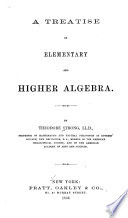 | Theodore Strong - Algebra - 1859 - 570 pages
...the second term of the root, and annex the second term of the root to the incomplete divisor, and the result will be the complete divisor. Multiply the complete divisor by the second term of the root, and subtract the product from the first remainder, cutid the result will constitute... | |
 | Benjamin Greenleaf - 1863 - 338 pages
...the rest of the root, with one cipher annexed; and the square of the last root figure; and the sum will be the complete divisor. Multiply the complete divisor by the last root figure, and subtract the product from the dividend. If there we more periods to bring down, continue... | |
 | Benjamin Greenleaf - Algebra - 1864 - 420 pages
...the rest of the root, with one cipher annexed ; and the square of the last root figure ; and the sum will be the complete divisor. Multiply the complete divisor by the last root figure, and subtract the product from the dividend. If there are more periods to bring down, continue... | |
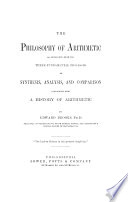 | Edward Brooks - Arithmetic - 1876 - 588 pages
...product under the trial divisor for a CORRECTION; add the CORRECTION to the TRIAL DIVISOR, and the result will be the COMPLETE DIVISOR; multiply the. COMPLETE DIVISOR by the last term of the root, subtract the product from the dividend, and annex the next period to the result for a new dividend.... | |
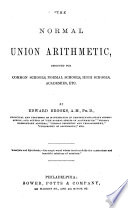 | Edward Brooks - Arithmetic - 1877 - 444 pages
...product under the trial divisor for a CORRECTION ; add the CORRK« riON to the TRIAL DIVISOR, and the result will be the COMPLETE DIVISOR; multiply the COMPLETE DIVISOR by the last term of the root, subtract the product from the dividend, and annex the next period to the result for a new dividend.... | |
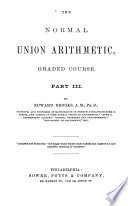 | Edward Brooks - Arithmetic - 1877 - 232 pages
...product under the trial divisor for a CORRECTION ; add the CORREC TION to the TRIAL DIVISOR, and the result will be the COMPLETE DIVISOR ; multiply the COMPLETE DIVISOR by the last term of the root, subtract the product from the dividend, and annex the next period to the result for a new dividend.... | |
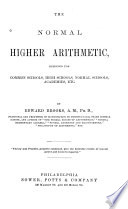 | Edward Brooks - Arithmetic - 1877 - 528 pages
...product under the trial divisor for a CORRECTION ; add the CORRECTION to the TRIAL DIVISOR, and the result will be the COMPLETE DIVISOR ; multiply the COMPLETE DIVISOR by the last term of the root, subtract the product from the dividend, and annex the next period to the result for a new dividend.... | |
 | Benjamin Greenleaf - Algebra - 1879 - 322 pages
...divisor, three times the product of the first term by the second, and the square of the second, for a complete divisor. Multiply the complete divisor by the last term of the root, and subtract the product from the remainder. If there are other terms remaining, continue the operation... | |
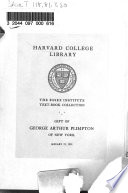 | Joseph Ficklin - Arithmetic - 1881 - 406 pages
...second figure of the root by the first, considered as tens, and the square of the second figure. The result will be the complete divisor. Multiply the complete divisor by the second figure of the root, and subtract the product from the dividend. 4. If there are more periods... | |
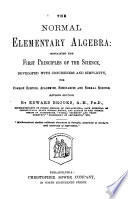 | Edward Brooks - Algebra - 1888 - 344 pages
...1« EVOLUT1IAN. for a CORRECTION ; add the CORRECTION to iAe TRIAL DFVIBOK, and the reau.ll will Ьк the COMPLETE DIVISOR; multiply the COMPLETE DIVISOR by the last term of the root, subtract the prothiet from the dividend, and annex the next period to the result for a new dividend.... | |
| |